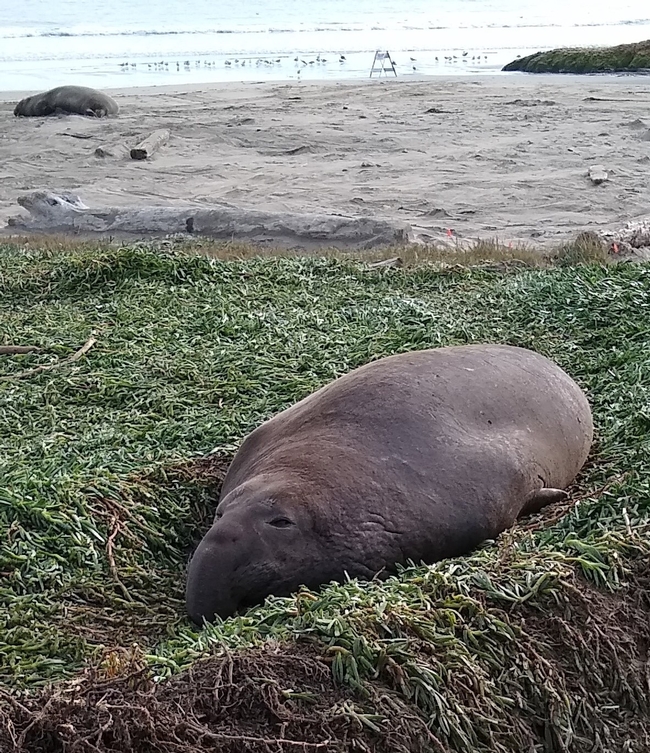A few of us attended the RCRC new supervisor installation meeting last week. It was rewarding to hear the new chair, Daron McDaniel of Merced County, acknowledge the importance of the partnership with Cooperative Extension in carrying out RCRC's work. Following the CORO meeting last week, I see all kinds of ways to expand our partnering that translates to a more significant impact without greater individual effort. Following their exercise to learn about UC ANR, The Northern cohort members identified several ways that they believe they can connect with UC ANR. Ideas ranged from UC Health to the engagement of UCSC undergraduate students, to the UCB School of Business as a prospective collaborator working towards shared goals. I am eager to hear from Keith and Darren if they had similar interactions with the Southern CORO cohort. I do not doubt that together the UC system can better translate research into public impact.
I read an FFAR announcement last week that directed readers to recently funded proposals. The amount of funding received by the Donald Danforth Plant Science Center, a center that was unknown to me, was surprising. Perhaps those who work in plant agriculture are familiar with the Center. It appears to be privately funded but closely associated with Washington University in Missouri, among others. The Center houses a Maker Lab and an impressive listing of corporate partners ranging from Nestle to the airport. I immediately started wondering what their draw was, other than the local support that the Center offered the local economy by investing in an innovation hub (39° North). Could we be successful, even at a smaller scale, in a location such as Elkus Ranch or one of our RECs? What grabbed my attention was the link to a Ted Talk by the President, Jim Carrington. His lecture, The Science in Our Food, addressed the benefits that science has allowed for in advancements in growing food. He cites that in 1960, one farmer fed 26 people. Today, one farmer feeds 155 people. The Center's website is worth a look if you aren't familiar with the Center.
I am challenged by innovation. Last week I switched to a new laptop and learned that we are leaving the age of USB ports and moving into a USB-C world. While I recognized the connection (think cell phone connection to the power supply), I had no idea some laptops don't have USB ports anymore. That is the case with my new laptop. Change is uncomfortable, and I have not fully adjusted yet, though I have purchased a USB hub that connects to the computer using the USB-C connection.
During the acclimation period, I had a chance to take advantage of the long weekend. In addition to a close up with the elephant seals in Pt. Reyes, I watched what had to be hundreds of sandhill cranes fly in to the Woodbridge Preserve one night. While it would be nice to be at or above average in rainfall, I am grateful the cranes aren't in our backyard this year.

